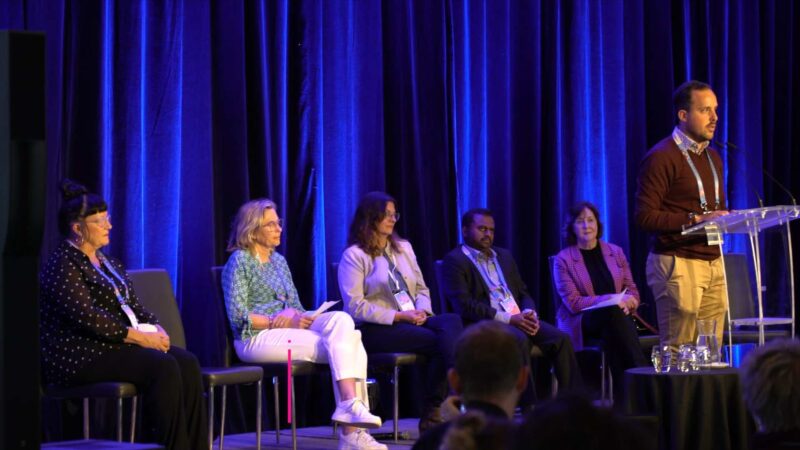In a wide ranging report looking at the carer needs across Australia, PwC Australia published Reimagine Care Workforce Solutions in October 2022.
Australian Health Journal spoke with Kerryn Dillon, Director Ageing and Reablement and Health Workforce at PwC Australia about the community care sectors of aged care, disability care and childcare the report covers.
These segments cover a number of policy portfolios – education, social services, housing, employment and health. Kerryn references some of the demands on community care workers:
- 22% of the 5.7 million aged over 60 in Australia access aged care services
- 10% of the 1 in 6 people living with a disability access specialised disability services through the NDIS
- 1.3 million of the 1.6 million children in Australia aged under 5 access child care services
Kerryn states there is a significant overlap in the duties performed across the segments and the demand will continue to grow. There are 4 key challenges that she talks about
- Demand increasing due to population growth, the ageing population, growth of NDIS
- Ageing workforce across domains such as nursing and aged care, further compounded by the same rate not entering the workforce
- Limited training for the existing workforce and focus on compliance rather than best practice
- Poor value proposition making it difficult to attract new workers
Frances McMurtrie, Senior Management from Strategy&, a division of PwC Australia speaks about the work Strategy& has done in the report on applying a demand and supply model to the care workforce shortage issues.
Frances talks about the factors and levers that determine the supply of workers, especially the key factor of motivation in performing a care worker role. The analysis includes the care worker pipeline or funnel that approximates (using ABS, Aged Care Workforce Census and NDIS National Workforce Plans) that of the 13 million Australian making up the total labour force, there are less than 1 million who are interested, trained and delivering care roles.
In researching the drop off from a pool of 13 million to 1 million, most investment is going into the “narrow-end” for training and recruitment. Research has shown there is a lack of investment in the motivation supply factor, in closer proximity to the total labour force of 13 million (and even at the top of the funnel where the working age population is at 16 million).
As Frances points out, current communication strategies on attracting care workers are focusing on the existing value proposition of being a care worker – primarily on altruism.
Reimagining care workforce solutions forms PwC Australia and Strategy&’s assessment on fiscal policy, the share economy, the role of telecare or virtual care and using robotics.
Both Kerryn and Frances conclude with earmarking technology being a significant enabler of the care worker sector and addressing some of the challenges.
You Might also like
-
Clinical trial site in primary care setting open for novel therapies in psychiatry
Over the past decade, Paratus has been involved in over 200 clinical trials across 4 clinical site locations. Now a fifth site, the newly opened Melbourne site will cater to both primary care and psychiatry, specifically designed for psychedelic studies.
The new Melbourne site will be a focused on primary care studies specifically expanding access to psychiatric research, a growing area of unmet need. Australian Health Journal met with 3 recent hires brought in to support clinical trials across the organisation and in psychiatry in Melbourne.
-
Study on digital tool for pharmacists in aged care
In March 2022, the Australia government announced $350 million of funding over 4 years to employ on-site pharmacists in residential aged care, starting July 2023. In April 2023, the government made changes to the proposed on-site pharmacists, where the new program will now be delivered by and through community pharmacies. Regardless of how the model will be implemented, the goal remains the same – to improve quality use of medicines and medicines safety for aged care residents.
-
New bar for cosmetic plastic surgeon accreditation
Population screening is an important contributor to advancing health outcomes through the early detection of and successful intervention for chronic disease. The evolution of science, technology and evidence relating to diseases which are or may be amenable to a population screening approach deserve broad discussion and the sharing of expertise and evidence. They also warrant close scrutiny in context of health policy and health resource allocation considerations.
In March, Public Health Association of Australia (PHAA) convened Screening Conference Conference 2025 with the theme of ‘Population Screening for Chronic Disease – Maximising Benefits, Minimising Harms’.



